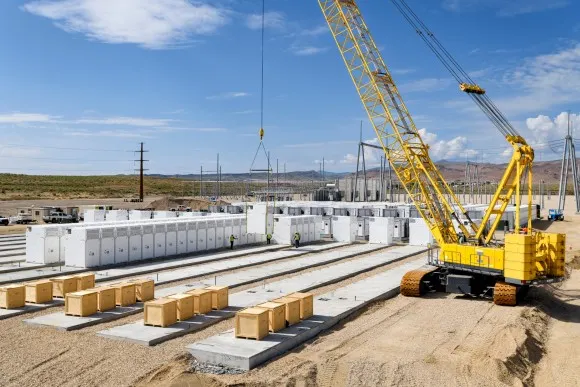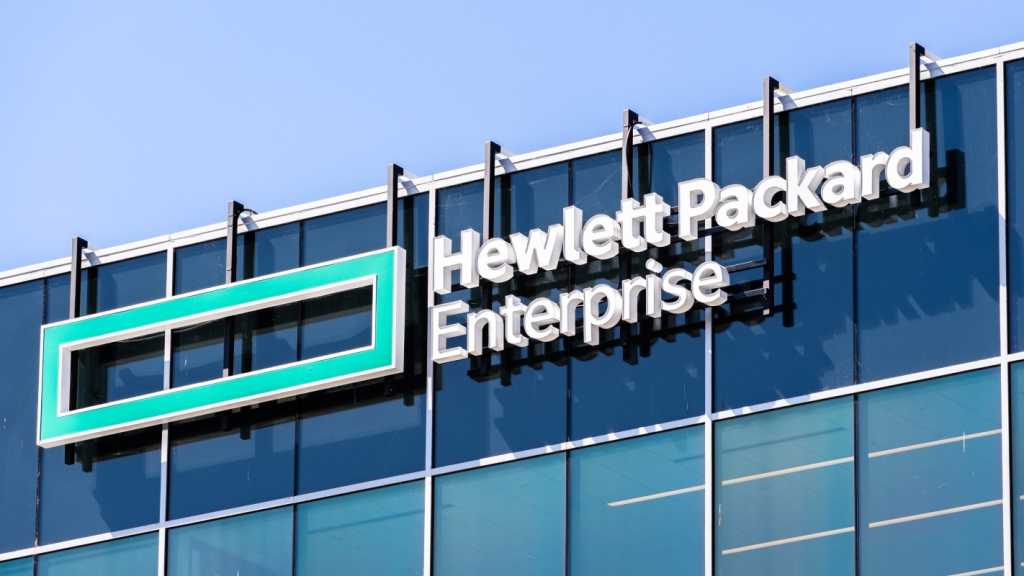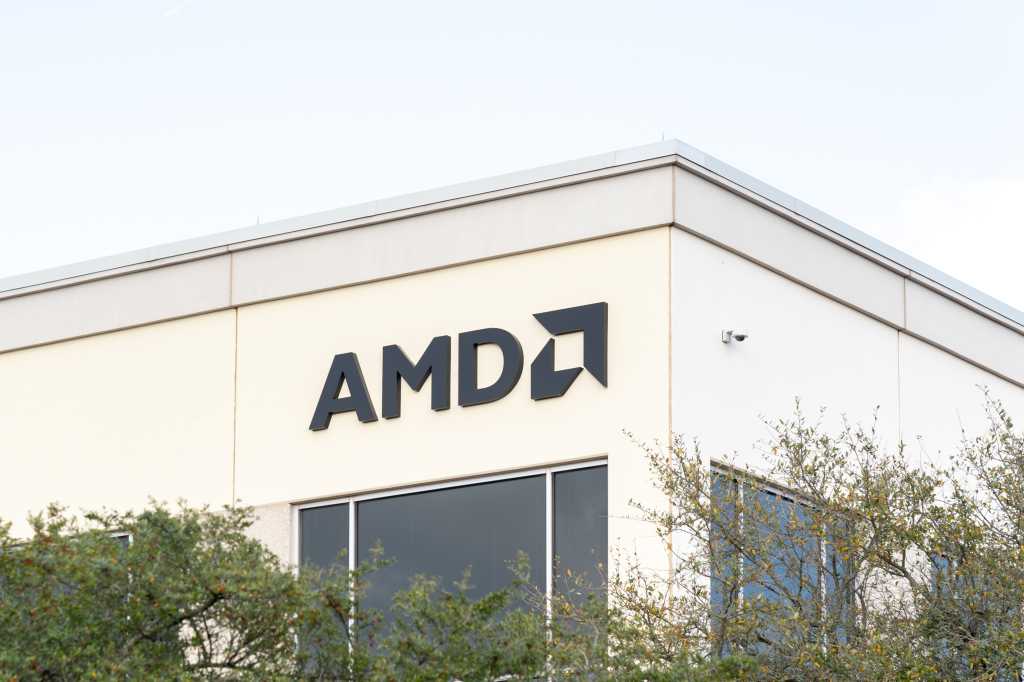
In a release sent to Rigzone recently, Maersk Training announced the opening of a new maritime and safety training facility at Fletcher Technical Community College in Houma, Louisiana.
The company stated in the release that this expansion marks a significant milestone in Maersk Training’s commitment to enhancing workforce development, safety, and operational performance in key industries across the Gulf Coast.
“By combining world-class training expertise with Fletcher’s strong educational foundation, the facility will equip workers with essential skills and certifications to enhance safety and performance in real-world job settings,” Maersk Training said in the release.
“Louisiana serves as an energy hub, playing a critical role in the nation’s oil, gas, and maritime industries,” the company added.
“As one of the top oil and gas production areas in the world, the region is home to a substantial workforce dedicated to the energy sector. This makes Houma an ideal location for Maersk Training’s expansion, ensuring workers have access to high-quality, industry-specific training,” it continued.
In its release, Maersk Training noted that the new maritime and safety training facility at Fletcher Technical Community College will primarily serve the offshore oil and gas industry and the maritime sector. The center will offer a wide range of industry-accredited training courses focused on offshore safety and survival, as well as industrial safety, according to Maersk Training, which said course certifications will be approved by industry bodies such as OPITO, OSHA, STCW, IADC, and API.
“One of the most exciting aspects of the facility is its OPITO and STCW-certified courses, including Basic Offshore Safety Induction and Emergency Training (BOSIET) and Tropical Helicopter Underwater Escape Training (T-HUET),” Maersk Training said in the release.
“Unique to this location, the training will utilize a twin-fall davit launched from a working barge into the intracoastal waterway, providing the most realistic OPITO-certified experience available in the state,” it added.
Maersk Training highlighted in the release that it aims to expand its course portfolio to meet the evolving needs of the market. The company noted that plans include introducing high-fidelity simulators for marine contractors and launching a comprehensive Global Wind Organization (GWO) suite to support the region’s growing renewable energy sector.
Christopher Jacques, General Manager – Louisiana at Maersk Training, said in the release, “the Gulf Coast plays a key role in the energy and maritime industries, and we’re proud to bring our training expertise to support local workforce development”.
“Fletcher’s strong reputation and local insight make them the ideal partner … Together, we’ll provide high-quality training that meets industry needs and strengthens the region,” he added.
Kristine Strickland, Chancellor of Fletcher Technical Community College, said in the release, “at Fletcher, we are deeply committed to building a workforce that meets the evolving demands of our region’s key industries”.
“This partnership with Maersk Training allows us to provide our students and local workforce with access to world-class safety and survival training right here in Houma,” Fletcher added.
“Together, we are expanding career opportunities, supporting local industry, and strengthening South Louisiana’s position as a leader in offshore and maritime excellence,” Fletcher continued.
In a release posted on its site back in November last year, Maersk Training announced that it had opened a new training site in Kuala Lumpur, Malaysia.
“With Malaysia being one of the world’s largest oil and gas hubs, we have partnered with Integrated Petroleum Services Sdn Bhd to expand world-class training solutions to our customers in Malaysia and the Southeast Asia region,” the company said in that release.
“Working with clients in the oil and gas and maritime industries, our training facility near the KLCC center will welcome participants in face to face classroom sessions, instructor-led fully-virtual trainings, and onboard training delivery,” it added.
“Courses will be available as open/public trainings (such as Drilling Well Control, Well Intervention Pressure Control, Major Emergency Management, Jacking & Rig Move, and more) or as bespoke tailor-made solutions,” it continued.
In that release, Jan Tore Knutsen, Simulation Head of Division at Maersk Training, said, “this facility represents our unwavering commitment to expanding our global footprint and bringing our innovation solutions closer to our customers in Southeast Asia”.
“The region is a dynamic and rapidly growing market, brimming with opportunities and potential,” he added.
In another release posted on its site in November 2024, Maersk Training announced that it and the Suez Canal Authority (SCA) had entered into “a landmark agreement to establish a Center of Excellence focused on leadership and crisis management training for SCA employees”.
Under this agreement, Maersk Training will deliver global training programs focusing on leadership and crisis management, the company said in the release, adding that the collaboration also includes “the introduction of a ‘Train the Trainer’ concept, fostering continuous skill development and embedding a sustainable learning culture within the SCA”.
Maersk Training is a subsidiary of the A.P. Moller – Maersk Group. The company describes itself as “a global training and consulting organization deeply rooted in excellence and innovation”.
To contact the author, email [email protected]



















